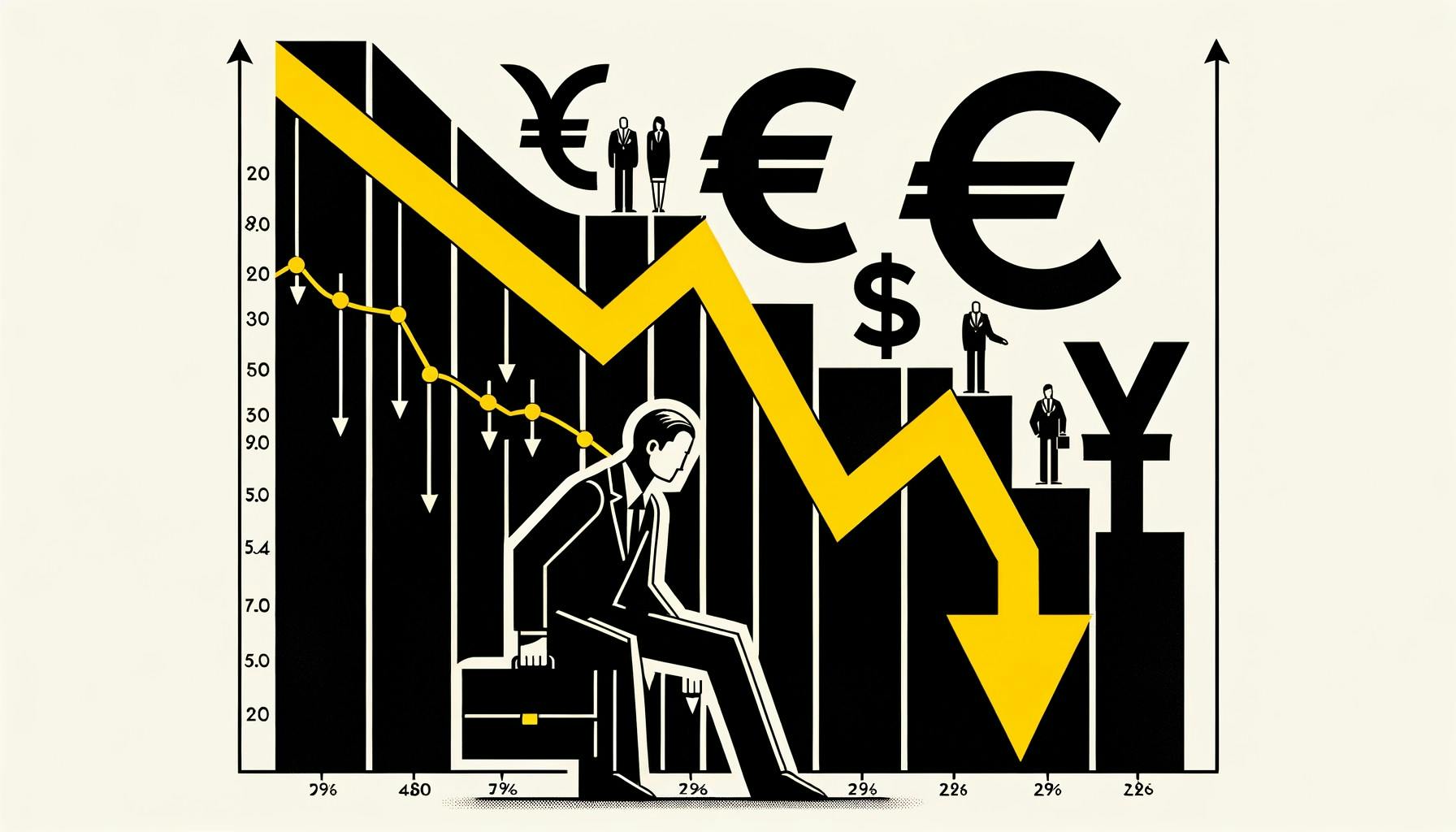Jobs
US Dollar Slips As Jobs Report Weakens Rate Hike Expectations

What’s going on here?
The US dollar index (DXY) slipped to a three-week low after June’s jobs report showed slower job growth and a rising unemployment rate, raising the likelihood of a Federal Reserve rate cut this September.
What does this mean?
Following the release of June’s jobs report, the dollar index dropped by 0.28% to 104.87. The nonfarm payrolls increase of 206,000 fell short of expectations, with the unemployment rate inching up to 4.1%. May’s job gains were also revised downward significantly. These indicators suggest a cooling labor market, leading futures markets to predict a 72% chance of a 25-basis-point rate cut in September, up from 57.9% just a week earlier. This caused the dollar to weaken against various currencies, including a 0.34% drop against the Japanese yen. The euro and British pound strengthened, aided by political developments in Europe.
Why should I care?
For markets: Global currencies react to US labor data.
Investors are now closely monitoring labor market trends and inflation data to predict future Fed moves. The weakening dollar reflects market expectations of monetary easing, which could impact global exchange rates. Meanwhile, the euro climbed due to French election dynamics, and the British pound rose on relatively strong economic signals.
The bigger picture: Rate cut anticipation shakes markets.
With the potential rate cut looming, markets could see significant shifts. The Chief Market Strategist at Corpay pointed out that moderating US labor market conditions could prompt Fed Chair Powell to cut rates as early as the July policy meeting or the Jackson Hole conference in August. This situation underscores the interconnectedness of global financial markets and how US economic policies influence currencies and investment strategies worldwide.










